Aug . 18, 2025 00:20 Back to list
Classic Wooden Tricycle for Kids: Safe, Sturdy & Two-Seater Options
The Enduring Appeal and Market Dynamics of Wooden Tricycles for Kids
In the evolving landscape of children's mobility toys, the wooden tricycle for kids stands out as a product category experiencing a significant resurgence, driven by growing consumer preference for sustainable, durable, and aesthetically pleasing play equipment. This trend is not merely a nostalgic embrace of classic toys but a strategic shift influenced by increased environmental consciousness and a demand for products that offer long-term value and developmental benefits. Industry analyses indicate a steady growth in the eco-friendly toy market, with wooden toys, including tricycles, being a primary beneficiary. For B2B stakeholders, understanding this market dynamic is crucial, as it underpins procurement strategies for distributors, educational institutions, and retail chains. The inherent durability and timeless design of a wooden tricycle often translate to an extended product lifecycle, reducing the frequency of replacement and offering a more robust investment for buyers looking at long-term inventory. Moreover, the tactile experience and natural aesthetic of wood are increasingly favored over plastic alternatives, contributing to a premium perception that appeals to discerning parents and educational facilitators. This segment's expansion is further fueled by the increasing emphasis on Montessori and Waldorf-inspired learning environments, where natural materials and open-ended play are prioritized. Consequently, demand for products like the two-seater tricycle for kids or even a vintage kids tricycle is climbing, reflecting diverse consumer needs from wholesale kids tricycle options for bulk buyers to unique, design-forward units for niche markets.
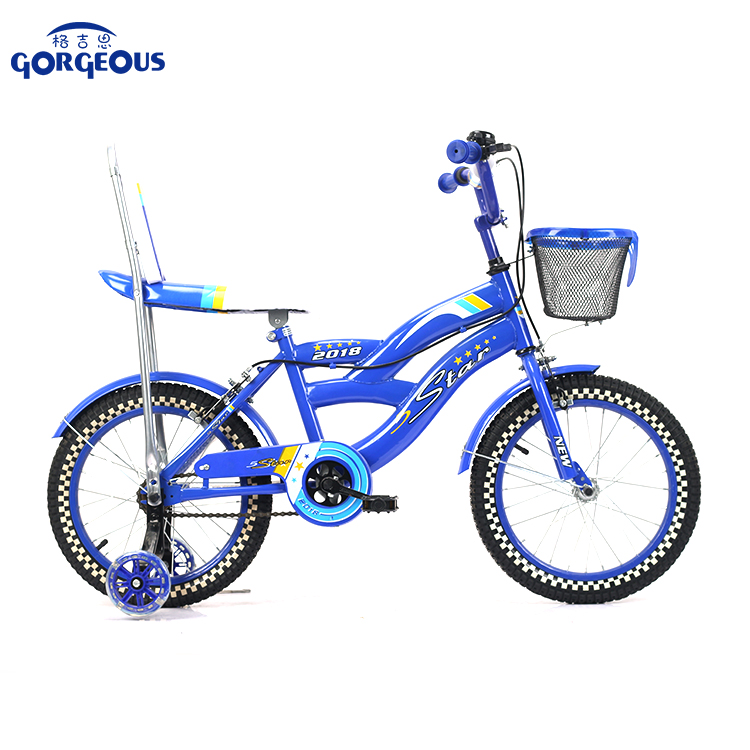
The market for wooden children's tricycles is characterized by a blend of traditional craftsmanship and modern engineering, aiming to meet stringent safety standards while delivering superior functionality. Unlike conventional plastic counterparts, the structural integrity of a wooden tricycle relies on meticulous joinery and high-quality timber, ensuring stability and safety for young riders. Data from market research firms suggests that the global wooden toy market, valued at approximately $20 billion in 2022, is projected to reach over $30 billion by 2030, with a Compound Annual Growth Rate (CAGR) exceeding 5%. This robust growth trajectory underscores the commercial viability and strategic importance of investing in premium wooden tricycle lines. Furthermore, specific niches within this market, such as the demand for a two seats kids tricycle or a vintage gold kids tricycle, highlight opportunities for diversification and catering to specialized customer segments. Manufacturers are increasingly focusing on ergonomic designs that support early motor skill development, making these tricycles not just toys but developmental aids. This focus resonates strongly with B2B buyers in the educational sector, who seek products that contribute positively to a child's physical and cognitive growth. The supply chain for these products often emphasizes ethical sourcing, with a preference for FSC (Forest Stewardship Council) certified wood, aligning with corporate social responsibility initiatives and consumer values. This comprehensive approach to product development and market positioning solidifies the wooden tricycle's role as a cornerstone in the modern children's product industry.
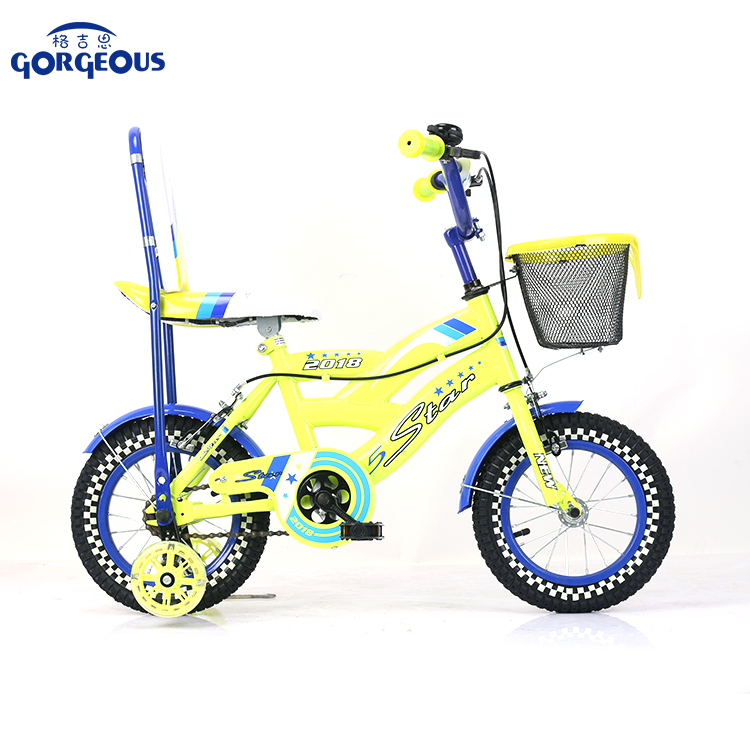
The Art of Craftsmanship: Manufacturing Excellence in Wooden Tricycles
Detailed Manufacturing Process for a Wooden Tricycle for Kids
The production of a high-quality wooden tricycle for kids is an intricate process that demands precision, expertise, and adherence to stringent safety protocols. It begins with the meticulous selection of raw materials, primarily sustainably sourced hard European birch or rubberwood, known for their density, durability, and fine grain. These timbers are typically FSC-certified, ensuring responsible forest management. Once sourced, the wood undergoes a specialized drying process to reduce moisture content, preventing warping and cracking in the final product. This initial phase is critical, as improper wood preparation can compromise the structural integrity and longevity of the tricycle. Following drying, the timber moves to the cutting and shaping stage. Utilizing advanced CNC (Computer Numerical Control) machining, wood sections are precisely cut and shaped according to design specifications. This technology ensures dimensional accuracy for components like the frame, handlebars, and seat, facilitating seamless assembly and consistent product quality across large production runs, which is particularly beneficial for wholesale kids tricycle orders. Each component is then meticulously sanded and smoothed to eliminate any splinters or sharp edges, a crucial step for child safety, often involving multi-stage sanding with progressively finer grits.
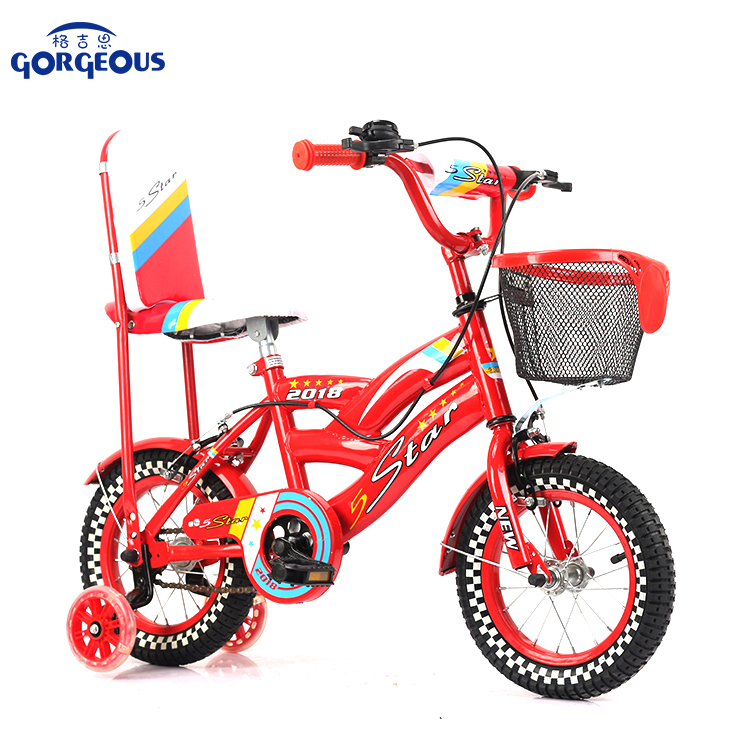
Assembly of the wooden tricycle for kids involves skilled craftsmen who utilize robust joinery techniques such as mortise-and-tenon or dowel joints, reinforced with non-toxic, child-safe adhesives and rust-resistant stainless steel hardware. Unlike mass-produced plastic toys that often rely on snap-together parts, the strong, interlocked joints of a wooden tricycle provide superior stability and durability, essential for withstand rigorous play. The wheels, typically made from solid wood hubs with durable rubber tires, are engineered for smooth operation and traction. Special attention is given to the steering mechanism, often incorporating a limit-steering feature to prevent over-steering and enhance rider stability, a design aspect crucial for products like a two-seater kids tricycle where multiple children might be onboard. Post-assembly, the tricycles undergo the finishing process, which involves applying non-toxic, lead-free, and VOC-free (Volatile Organic Compound) paints or lacquers. These finishes not only enhance the aesthetic appeal, especially for a vintage gold kids tricycle, but also provide a protective layer against moisture and wear, extending the product's service life. Each batch of finish materials is tested to ensure compliance with international toy safety standards such as ASTM F963 (USA), EN 71 (EU), and CPSIA (Consumer Product Safety Improvement Act) regulations.
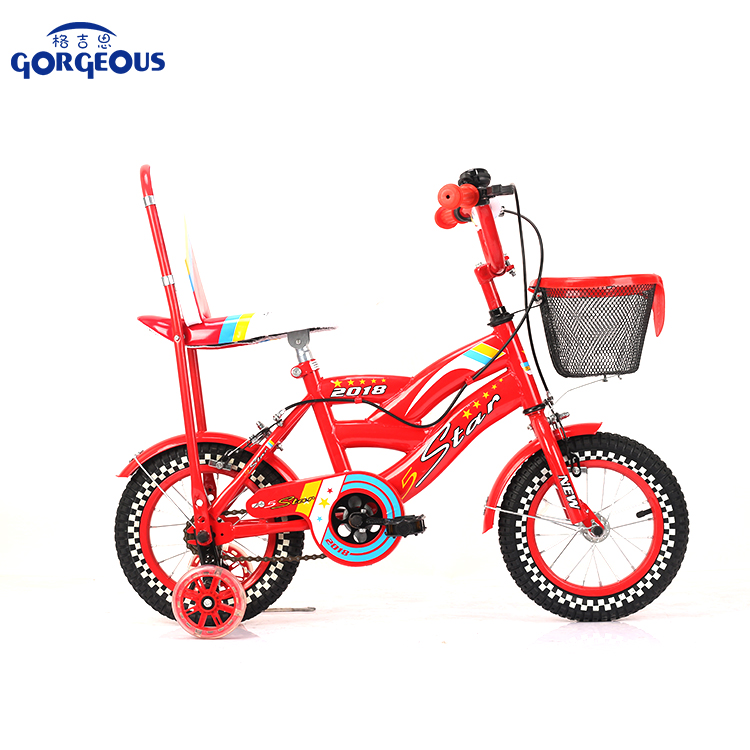
The final stage of manufacturing for a wooden tricycle for kids is comprehensive quality control and packaging. Each tricycle undergoes a multi-point inspection, checking for structural integrity, finish quality, absence of small parts that could pose a choking hazard, and overall compliance with design specifications and safety standards. Load-bearing capacity tests are performed to ensure the tricycle can safely support its intended user weight, and stability tests are conducted to minimize tip-over risks. ISO 9001 certified manufacturing facilities ensure that every step, from raw material inspection to final product audit, adheres to a robust quality management system. The applicable industries for these highly durable and safe tricycles include specialty toy retailers seeking premium products, educational institutions such as preschools and kindergartens requiring robust and pedagogically sound equipment, and hospitality sectors (e.g., family resorts) looking for engaging and safe play options. Unlike industrial applications that require resistance to petrochemicals or corrosive environments, the advantage of wooden tricycles lies in their eco-friendliness, ergonomic design that promotes physical development, and exceptional durability in high-usage children's environments, making them a superior choice compared to conventional alternatives. Their extended use-life, often several years, also contributes to sustainability efforts by reducing waste.
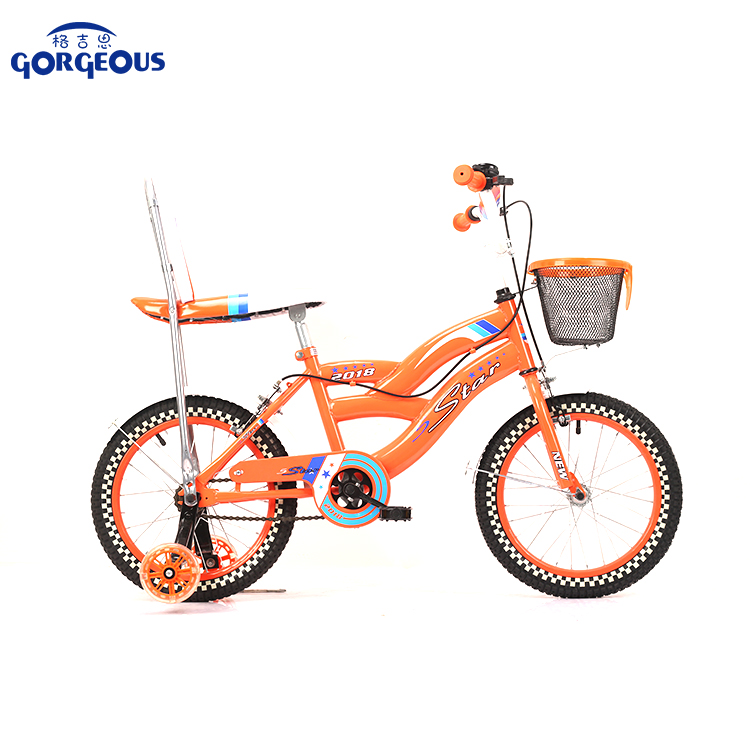
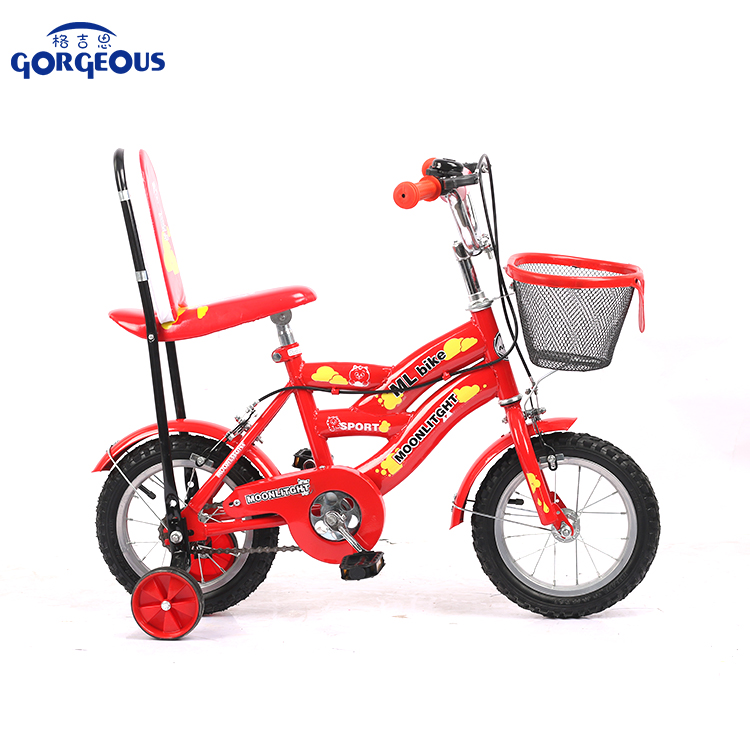

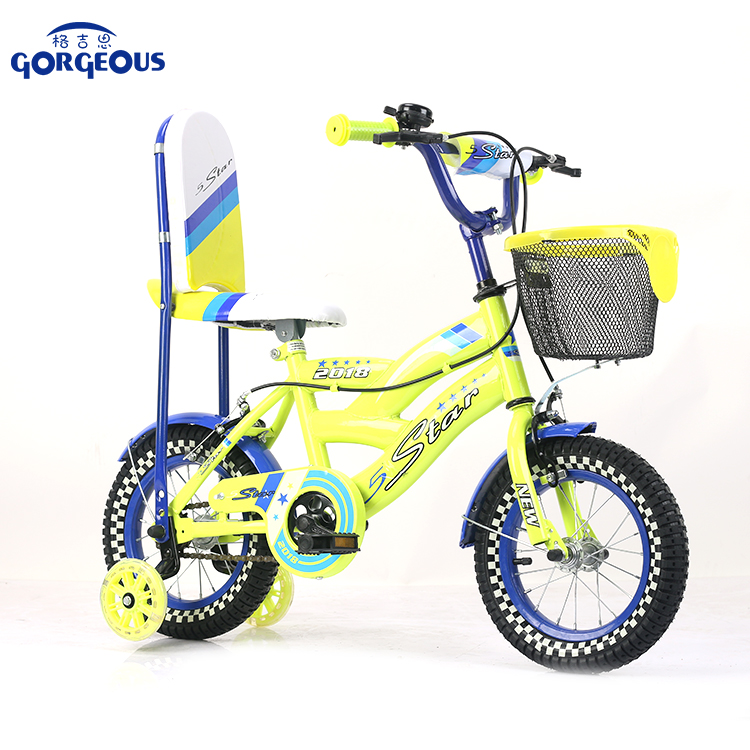

Technical Parameters & Performance Benchmarks
Understanding the technical specifications of a wooden tricycle for kids is paramount for B2B procurement decisions, ensuring that products meet performance expectations and safety regulations. Key parameters extend beyond mere dimensions, encompassing material properties, weight capacities, and certifications. For instance, the choice of wood species significantly impacts durability and weight; birch offers a robust yet relatively lightweight frame, while beech provides exceptional strength and resistance to impact. Ergonomic design principles are applied to ensure optimal posture and comfort for children within specified age ranges, typically 18 months to 5 years, with seat heights and handlebar reaches optimized for natural movement and pedaling efficiency. Load-bearing capacity, a critical parameter, is rigorously tested to exceed typical child weights, often rated for up to 50 kg (approximately 110 lbs) even for single-rider models, ensuring a generous safety margin. For models like a two seat tricycle kids, this capacity is proportionally increased to accommodate dual riders. The wheel design, incorporating solid rubber tires, provides excellent grip on various surfaces and ensures quiet operation, minimizing disruption in educational settings or shared play areas.
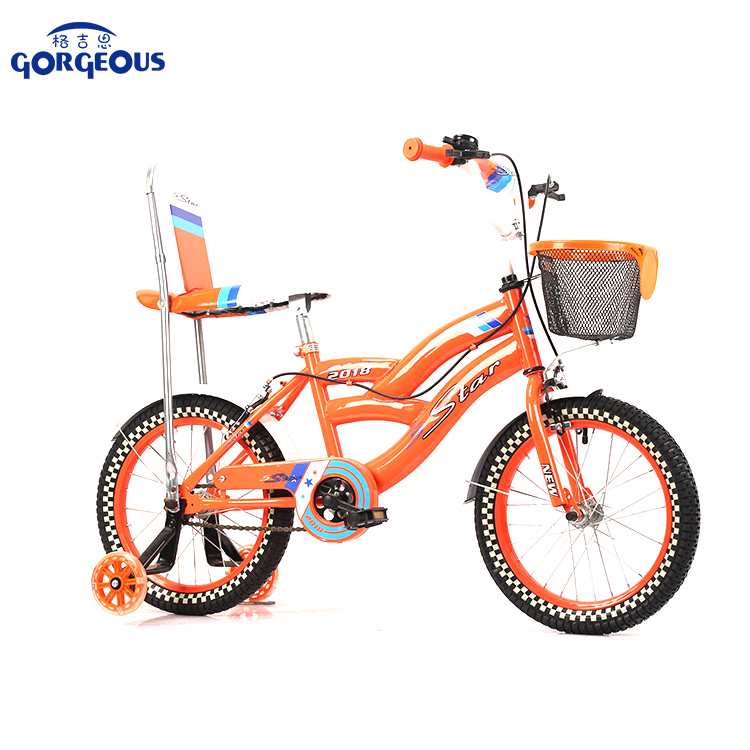
The following table provides a general overview of critical technical parameters and specifications for high-quality wooden tricycle for kids products available in the market. These benchmarks are compiled from industry standards and leading manufacturers, providing a reference for performance and compliance. For a vintage kids tricycle or a vintage zenith kids tricycle, while aesthetics are primary, core safety and structural parameters remain consistent.
| Parameter | Typical Specification (Standard Model) | Benefit/Application Insight |
|---|---|---|
| Recommended Age Range | 18 months - 5 years | Optimized for early motor skill development and safe progression. |
| Max Load Capacity | 50 kg (110 lbs) | Ensures high durability and safety margin for extended use. |
| Primary Material | FSC-certified Birch Wood | Eco-friendly, durable, lightweight, consistent quality. |
| Finish | Non-toxic, VOC-free, Water-based Paint/Lacquer | Child-safe, resistant to saliva, easy to clean, aesthetic appeal. |
| Wheel Type | Solid Rubber Tires | Superior grip, quiet operation, floor protection. |
| Steering Mechanism | Limited Steering Angle (e.g., 30-45 degrees) | Prevents over-steering, enhances stability, reduces falls. |
| Product Dimensions (L x W x H) | Varies, e.g., 60 x 30 x 40 cm | Compact footprint suitable for indoor and outdoor use. |
| Product Net Weight | 3-5 kg (6.6-11 lbs) | Light enough for children to maneuver easily, stable enough to prevent tipping. |
| Safety Certifications | CE, ASTM F963, EN 71, CPSIA | Mandatory compliance for market entry and consumer trust. |
| Warranty | 1-3 Years Manufacturer's Warranty | Demonstrates manufacturer confidence in product durability. |





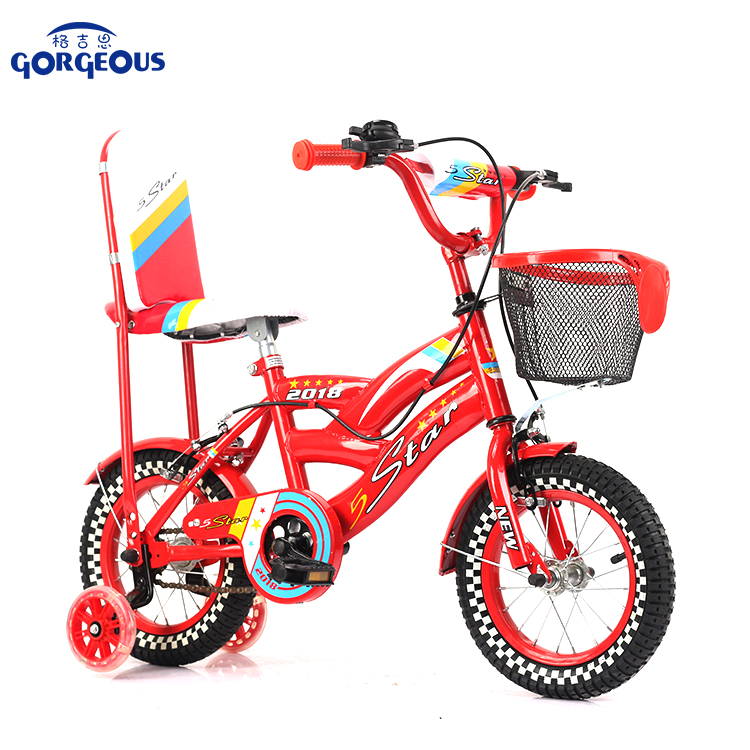


Beyond Play: Diverse Application Scenarios for Wooden Tricycles
The versatility and inherent advantages of a wooden tricycle for kids extend its application far beyond just individual household use, positioning it as a strategic asset for various B2B sectors. In the educational sphere, such as preschools, kindergartens, and Montessori schools, wooden tricycles are highly valued for their contribution to gross motor skill development, balance, and coordination. Their robust construction ensures they can withstand the rigorous daily use characteristic of high-traffic play environments, offering a longer service life compared to less durable alternatives. Feedback from educational institutions consistently highlights the preference for wooden toys due to their natural feel, non-toxic properties, and aesthetic appeal that aligns with natural learning philosophies. Furthermore, the limited steering radius often designed into these tricycles reduces the risk of tipping, making them a safer choice for supervised group play. For these institutions, investing in a fleet of wholesale kids tricycle units represents a cost-effective solution that provides enduring educational value and reduces maintenance overheads.

Beyond traditional education, sectors like hospitality and healthcare also find specific utility in the wooden tricycle for kids. Family-friendly resorts and hotels often incorporate them into children's play areas, offering a high-quality, safe, and engaging activity that enhances guest experience and aligns with a premium brand image. The durability of these tricycles means less wear and tear, maintaining a pristine appearance for longer and reducing the need for frequent replacements. In pediatric rehabilitation centers or specialized therapy clinics, these tricycles can serve as therapeutic tools, aiding in physical therapy for children by encouraging leg strength, coordination, and spatial awareness in a playful manner. Models like the two seats kids tricycle or two seater tricycle for kids are particularly valuable in these settings, allowing for supervised interaction or tandem play, fostering social development alongside physical benefits. The intrinsic eco-friendly nature of wooden tricycles also aligns with the broader corporate sustainability goals of many businesses, providing a tangible demonstration of commitment to responsible procurement and environmental stewardship. The timeless design, particularly of a vintage kids tricycle or a vintage gold kids tricycle, also offers unique merchandising opportunities for specialty retail outlets and interior design firms curating children's spaces.
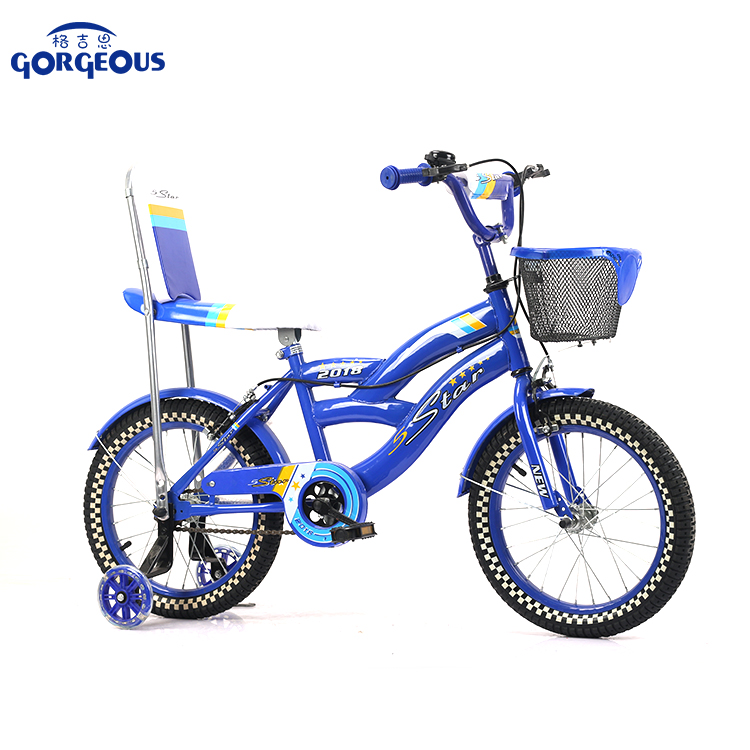

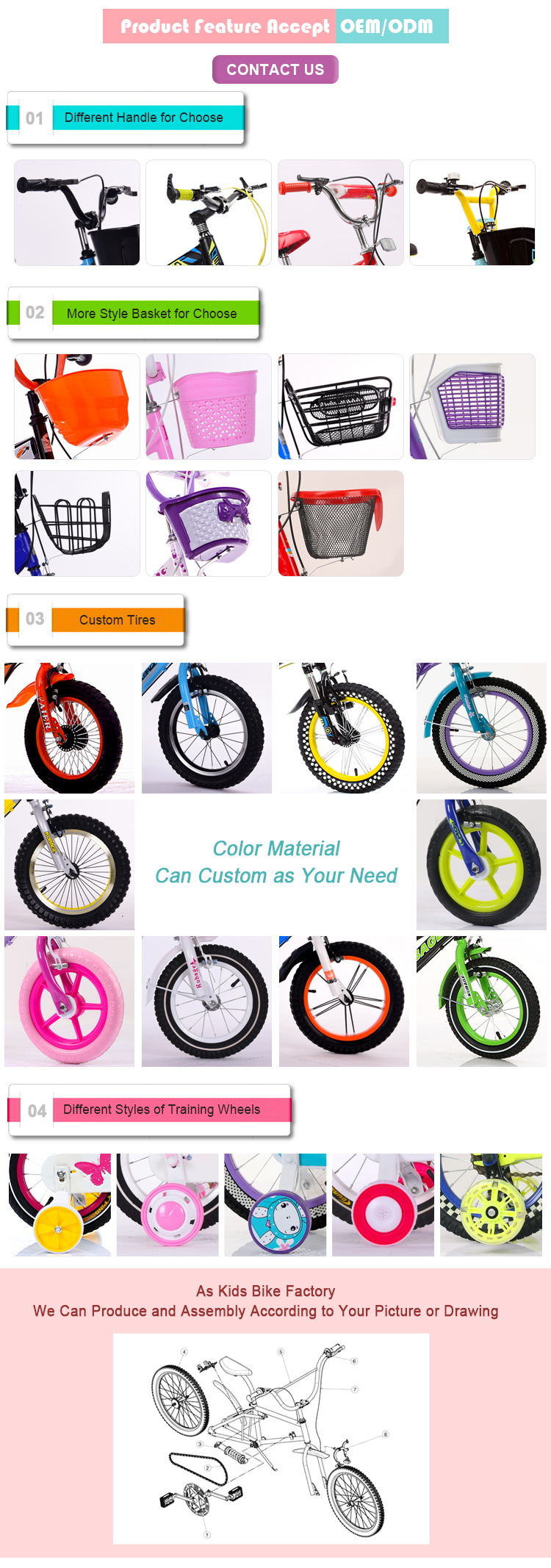

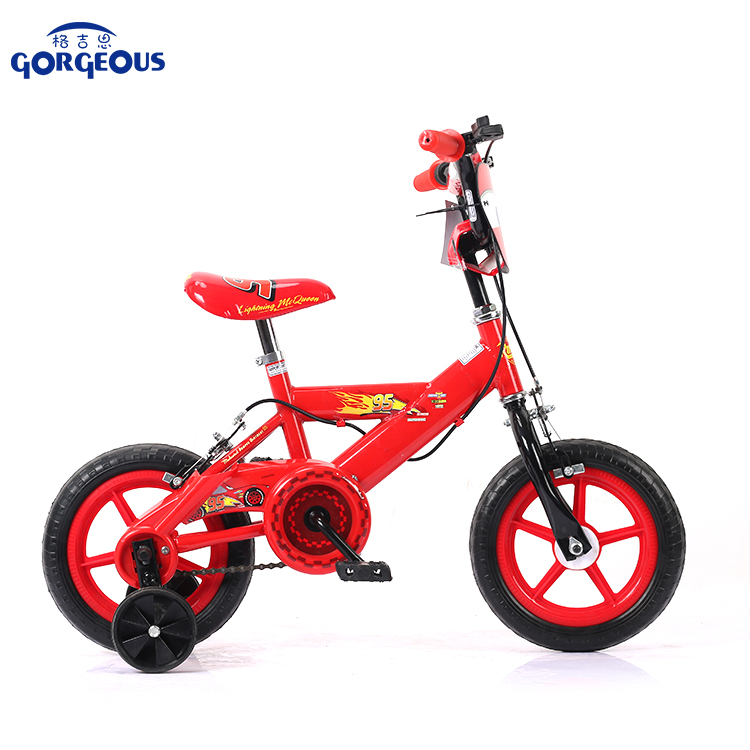

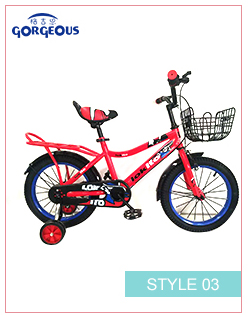

Strategic Procurement: Supplier Comparison & Technical Advantages
When sourcing a wooden tricycle for kids for a B2B operation, a thorough evaluation of manufacturers and their technical advantages is essential. The market offers a spectrum of quality and features, and distinguishing between them requires an understanding of underlying production methodologies and design philosophies. Leading manufacturers of wooden tricycles prioritize robust construction and non-toxic finishes, utilizing techniques that ensure a superior lifespan and reduced total cost of ownership (TCO) compared to cheaper, often plastic, alternatives. While some suppliers may offer lower upfront costs for a wholesale kids tricycle, these savings are often negated by higher rates of breakage, more frequent replacements, and potential safety liabilities stemming from lower-grade materials or less stringent manufacturing processes. A premium wooden tricycle often boasts features such as solid rubber tires for enhanced grip and quiet operation, adjustable seat heights to accommodate growing children, and limited steering arcs to prevent over-steering and tipping, all of which contribute to superior safety and user experience.
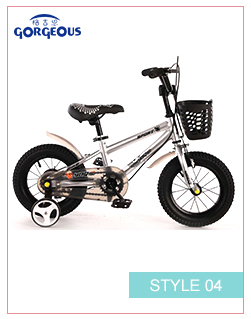
A key differentiating factor among suppliers lies in their commitment to certifications and quality management systems. Manufacturers adhering to ISO 9001 for their production processes, and whose products carry CE, ASTM F963, and EN 71 certifications, demonstrate a commitment to both product quality and child safety. Furthermore, ethical sourcing of wood, verifiable through FSC certification, adds a significant layer of appeal for businesses focused on sustainability. Comparing suppliers also involves assessing their capacity for customized solutions, such as branding options for a two seater tricycle for kids or specific design modifications to align with educational curricula. While a vintage zenith kids tricycle or a vintage gold kids tricycle might primarily compete on aesthetic distinctiveness, their foundational quality still hinges on these technical and ethical considerations. The best suppliers offer transparency in their material sourcing and manufacturing processes, providing detailed documentation and test reports, which is critical for bulk buyers and institutions who must meet strict regulatory requirements and internal procurement standards. Prioritizing suppliers with a proven track record of product longevity and high customer satisfaction, often evidenced by long-term partnerships and repeat orders, minimizes risk and maximizes value for B2B purchasers in this specialized market segment.



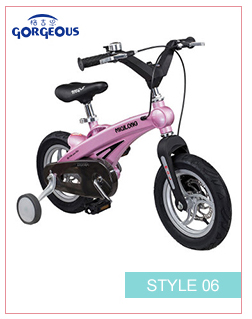



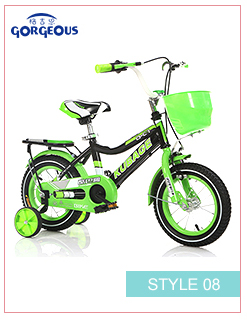
Customization & Scaling: Tailored Solutions for B2B Clients
For businesses requiring specific adaptations or large-volume orders, the ability of a manufacturer to offer robust customization and scaling solutions for a wooden tricycle for kids is paramount. OEM (Original Equipment Manufacturer) and ODM (Original Design Manufacturer) services are critical for clients who wish to integrate particular branding elements, unique color schemes, or even functional modifications to meet specialized market demands. This includes custom engravings for logos in educational settings, bespoke color palettes for retail collections, or even structural adjustments for a specific pedagogical approach, such as designing a bespoke two seats kids tricycle that integrates into a larger outdoor play structure. Leveraging advanced CNC machining and flexible production lines, leading manufacturers can accommodate diverse customization requests while maintaining rigorous quality control and adhering to production timelines. This flexibility is crucial for distributors and large retail chains that need to differentiate their offerings in a competitive market or for educational suppliers who require products that align precisely with their curriculum or facility design.

Scaling production for a wholesale kids tricycle order requires more than just manufacturing capacity; it demands efficient logistics, stringent quality assurance for every unit, and reliable supply chain management. Experienced manufacturers can handle large orders, ensuring consistent quality across thousands of units, which is a major concern for distributors serving multiple regions or for national retail chains. Their expertise includes optimized packaging solutions that minimize shipping costs and prevent damage, crucial for long-distance transit. Furthermore, the ability to manage inventory effectively and guarantee timely delivery, even for peak season demands, is a hallmark of a dependable B2B partner. This is especially true for items like a vintage kids tricycle or a vintage gold kids tricycle, where limited edition runs might require meticulous production planning and precise execution. The technological advantage lies in digital production planning systems, automated quality checks, and robust enterprise resource planning (ERP) systems that streamline operations from order placement to final shipment, ensuring that even complex orders for a two seater tricycle for kids are managed with precision and efficiency, meeting the specific needs of commercial clients.
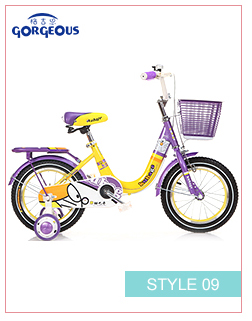

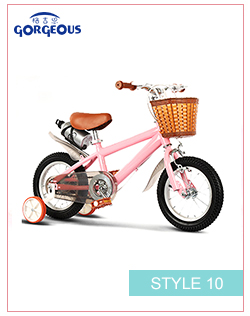



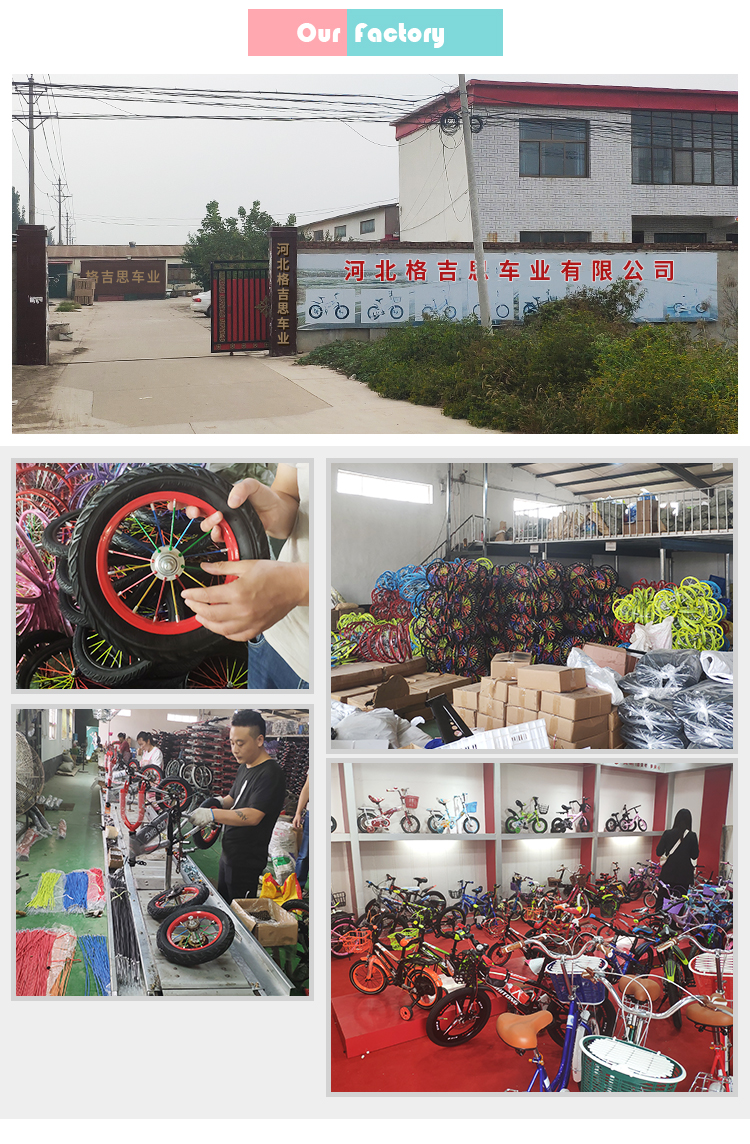

Ensuring Your Investment: Quality Assurance & Support
For B2B buyers of a wooden tricycle for kids, confidence in the investment is built upon robust quality assurance and comprehensive customer support. Reputable manufacturers uphold stringent quality protocols, often surpassing minimum regulatory requirements. This includes meticulous material inspection upon arrival, in-process quality checks at each manufacturing stage—from CNC cutting to assembly and finishing—and a final comprehensive inspection before packaging. Certifications such as ISO 9001 (Quality Management Systems), CE (Conformité Européenne), ASTM F963 (American Society for Testing and Materials), and EN 71 (European Toy Safety Standards) are not just labels; they represent a commitment to documented processes, rigorous testing, and continuous improvement. For instance, ASTM F963 mandates specific tests for flammability, heavy metals, sharp points/edges, and small parts, ensuring the tricycle is safe for children. Suppliers who openly share their test reports and factory audit results provide invaluable transparency and build trust, crucial when purchasing a wholesale kids tricycle or custom solutions like a two seater kids tricycle.
A key element of trustworthiness for B2B transactions involving a wooden tricycle for kids is the clarity and strength of the after-sales support and warranty provisions. A typical manufacturer’s warranty for high-quality wooden tricycles ranges from 1 to 3 years, covering manufacturing defects and material failures under normal use. This demonstrates the manufacturer's confidence in their product's durability and offers peace of mind to the buyer. Delivery cycle times are also a critical factor; leading suppliers provide transparent lead times, often leveraging efficient logistics networks to ensure timely delivery, whether it's a small order of a vintage kids tricycle or a large consignment for a new educational facility. Furthermore, responsive customer support, including dedicated account managers, technical assistance for assembly or maintenance, and efficient handling of any claims or inquiries, significantly enhances the partnership value. This level of support minimizes downtime for institutions and retailers, ensuring children can continue to benefit from the product without interruption. For a specialized product like a vintage gold kids tricycle or a two seat tricycle kids, having expert support to address specific queries regarding design integrity or unique use-cases further solidifies the buyer-supplier relationship.
Frequently Asked Questions (FAQ) about Wooden Tricycles for Kids
-
Q1: What are the primary safety standards applied to a wooden tricycle for kids?
A1: High-quality wooden tricycle for kids are typically certified to international safety standards such as ASTM F963 (USA), EN 71 (European Union), and CPSIA (Consumer Product Safety Improvement Act). These standards cover physical and mechanical properties, flammability, and chemical composition (e.g., heavy metal content in paints). Additionally, FSC certification ensures the wood is sourced from responsibly managed forests, adding an environmental safety and sustainability aspect. Manufacturers often conduct in-house load-bearing capacity and stability tests to exceed these baseline requirements. -
Q2: How does the durability of a wooden tricycle compare to plastic alternatives, especially for wholesale kids tricycle orders?
A2: A well-constructed wooden tricycle for kids, made from high-grade, kiln-dried hardwoods like birch or beech and assembled with robust joinery, offers superior durability and longevity compared to most plastic tricycles. Plastic is prone to cracking, fading from UV exposure, and brittleness over time, especially in high-usage environments like schools or daycare centers. Wooden tricycles, with proper care and maintenance, can last for many years, often becoming heirloom quality pieces. This longevity translates to a lower total cost of ownership for wholesale buyers due to reduced replacement frequency and enhanced resilience to daily wear and tear. -
Q3: Can a two seater tricycle for kids accommodate different age ranges or weights?
A3: Yes, a two seater tricycle for kids is designed with increased structural integrity and typically higher load-bearing capacities to safely accommodate two children. While specific weight limits vary by model and manufacturer, they are generally engineered to support the combined weight of two children within the recommended age range (e.g., 18 months to 5 years). Adjustable seats are a common feature, allowing for customization to fit varying heights and ensuring ergonomic comfort for both riders. It is crucial to check the specific product's technical specifications for precise weight and age recommendations to ensure optimal safety and performance. -
Q4: What are the benefits of choosing a wooden tricycle for kids in educational settings?
A4: Wooden tricycles offer numerous benefits for educational environments. They promote gross motor skill development, balance, and coordination in a natural, tactile way. Made from sustainable materials with non-toxic finishes, they align with eco-conscious and holistic learning philosophies such as Montessori and Waldorf. Their robust construction ensures they can withstand the demanding use in classrooms and playgrounds, providing a durable and long-lasting resource. Additionally, their classic, aesthetic appeal seamlessly integrates into learning spaces, fostering a calm and inviting atmosphere. The natural feel of wood also provides a rich sensory experience that plastic cannot replicate, aiding sensory development. -
Q5: Is customization available for bulk orders of wooden tricycles, such as a vintage gold kids tricycle or specific branding?
A5: Many professional manufacturers offer extensive customization options for bulk or wholesale orders of a wooden tricycle for kids. This can include OEM/ODM services for specific design modifications, custom color palettes, branding (e.g., laser engraving school logos or retail brand identifiers), and packaging solutions. For specialty items like a vintage gold kids tricycle or a vintage zenith kids tricycle, manufacturers can often replicate specific historical designs or apply unique finishes to meet niche market demands. It is advisable to discuss specific customization requirements directly with the manufacturer's sales or technical team to explore feasibility and minimum order quantities.
Conclusion: The Future of Sustainable Children's Mobility
The burgeoning market for the wooden tricycle for kids signifies a profound shift in consumer and institutional preferences towards products that marry durability, safety, ecological responsibility, and developmental benefits. For B2B stakeholders, this represents a strategic opportunity to invest in a product category that not only aligns with contemporary values but also promises long-term commercial viability. The meticulous craftsmanship, adherence to rigorous safety standards, and the inherent sustainability of wooden tricycles make them a superior choice for a diverse range of applications, from educational institutions and specialized toy retailers to hospitality providers. Manufacturers capable of delivering consistent quality, offering flexible customization options, and ensuring reliable supply chains will be key partners in this evolving landscape. As the demand for eco-friendly and developmentally appropriate children's products continues to grow, the wooden tricycle is poised to remain a cornerstone of mobility play, symbolizing a commitment to quality, safety, and a sustainable future.
References
- ASTM International. (2023). ASTM F963-23: Standard Consumer Safety Specification for Toy Safety.
- European Committee for Standardization. (2022). EN 71: Safety of Toys - Part 1: Mechanical and physical properties.
- Forest Stewardship Council. (2023). FSC Standards and Policies.
- International Organization for Standardization. (2015). ISO 9001: Quality management systems – Requirements.
- U.S. Consumer Product Safety Commission. (2008). Consumer Product Safety Improvement Act (CPSIA).
- Market Research Future. (2023). Wooden Toys Market Research Report – Global Forecast to 2030.
-
The Essential Guide to 16 Inch Child's Bikes – Safety, Specs & Trends
NewsNov.24,2025
-
Kids Road Bike 24 – Lightweight, Safe, and Perfect for Young Cyclists
NewsNov.23,2025
-
Discover Safe and Fun Children's Bikes 14 Inch | Durable Kids' Bikes Reviewed
NewsNov.22,2025
-
Discover the Perfect Little Girl 16 Inch Bike – Safety, Style & Performance
NewsNov.22,2025
-
The Ultimate Guide to 12 Kids Bicycles – Safety, Trends & Top Picks
NewsNov.21,2025
-
14 Inch Children’s Bikes: A Guide to Safety, Durability & Global Impact
NewsNov.20,2025
